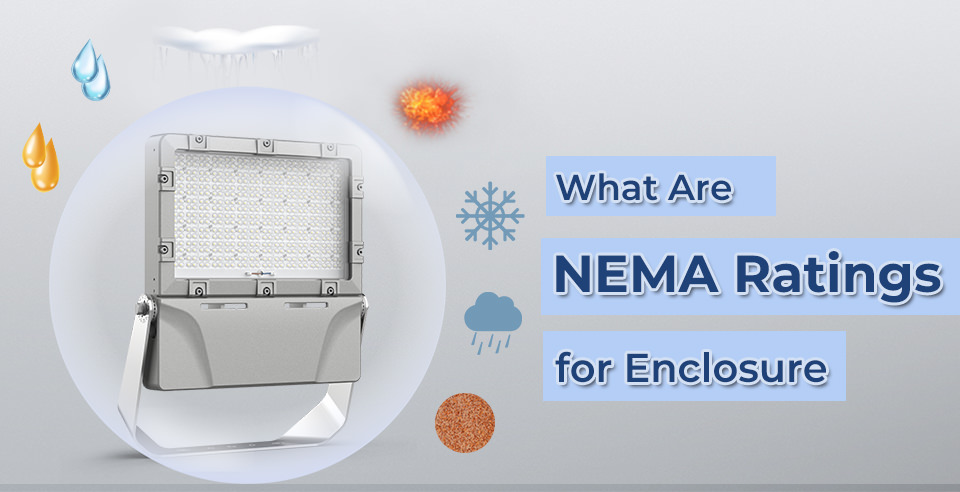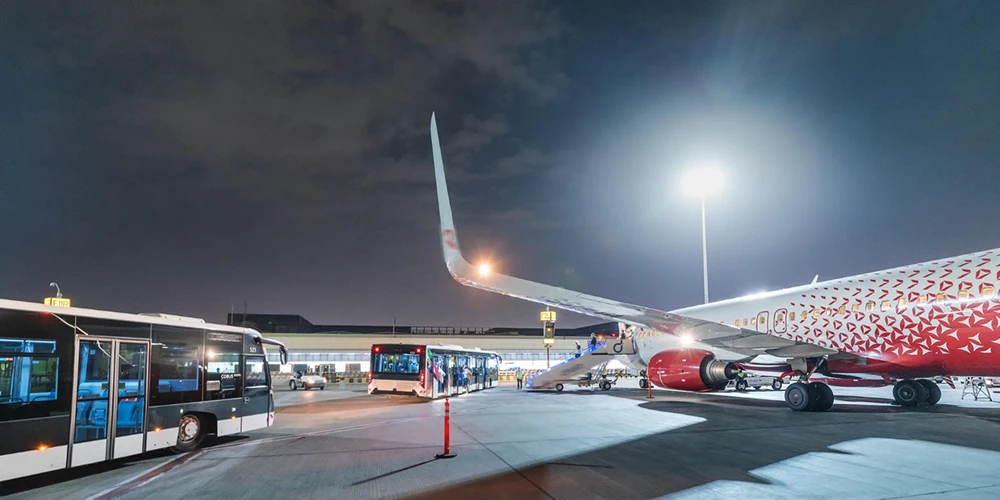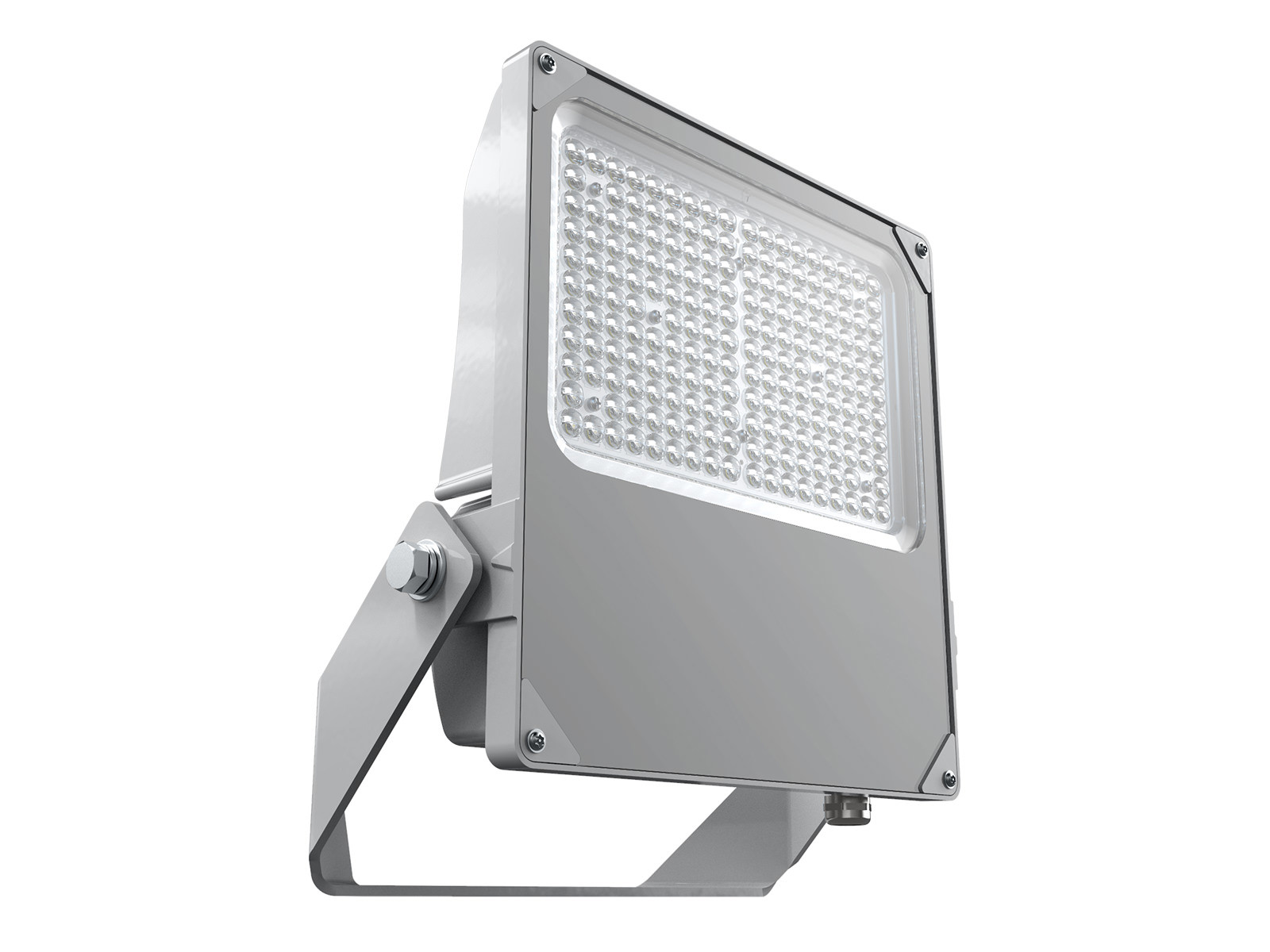
When it comes to NEMA ratings, people may scratch their heads. For some, it seems to be totally strange, while others may have very little knowledge about NEMA ratings. Well, the NEMA rating is the standard that defines the ability of electrical enclosures to withstand specific environments. People often ask ‘Which NEMA rating is used for outdoor/indoor ’ because NEMA ratings define enclosure protections in different environments.
Since both NEMEA rating and IP rating are defined as enclosure protections, people also want to know the difference between NEMA ratings and IP ratings. Moreover, many people also ask whether NEMA ratings can be converted to IP ratings. This post will take a look at NEMA ratings and the comparison between them and IP ratings. Read the post and find the answer.
What are NEMA Ratings
Before introducing NEMA ratings, let’s talk about what is NEMA. NEMA means the National Electrical Manufacturers Association. It is an organization aimed to enhance the safety, environment, and market of the industry. It published over 700 standards to ensure the safety of electric products. NEMA subjects the product standards for electrical apparatus, but it does not test or specify how to manufacture the product.
NEMA rating, a standard that defines the protection of electrical enclosures for specific environments, is formed by NEMA. NEMA ratings concentrate on the factors that affect the enclosure safety including water, dirt, oil, and explosion. Quantities of water, dirt, and oil can be hugely different in different places. For hazardous locations, enclosures should have a certain resistance against the explosion.
A NEMA enclosure should also be able to protect humans from injury or electrical shock. Since the type of enclosures varies according to location and protection needs, NEMA subjects the NEMA rating to indicate enclosure protection in different locations. UL (Underwriters Laboratories) and CSA (Canadian Standards Association) utilize the NEMA criteria as guidelines to investigate and test the electrical enclosures. The enclosures passed relevant tests that meet the UL or CSA standard and can be authorized with the UL or CSA label.
Here is a table with all the information on NEMA rantings:
NEMA Classification |
Definition |
Applicable Application |
|
Type1 |
Enclosures provide certain protections against the ingress of a limited amount of falling dirt. |
Indoor locations that do not have unusual conditions.
|
|
Type 2 |
Enclosures provide certain protections against the ingress of the limited amount of falling dirt and water (dripping and light splashing). |
Indoor locations that may have severe condensation, like the laundries. |
|
Type 3 |
Enclosures provide certain protections against the ingress of falling dirt, windblown dust, rain, sleet, snow, and external ice formation. |
Indoor locations where dripping water may be severe and outdoor locations such as ship docks, tunnels, and subways. |
|
Type 3X |
Enclosures provide certain protections against the ingress of falling dirt, windblown dust, rain, sleet, snow, external ice formation, and additional protection from corrosion. |
Indoor locations where dripping water may be severe and outdoor locations where is near the slat water like the ship dock and canal locks. |
|
Type 3R |
Enclosures provide certain protections against the ingress of falling dirt, rain, sleet, snow, and external ice formation. |
Indoor or outdoor locations where the enclosures will not be damaged by the external ice formation. |
|
Type 3RX |
Enclosures provide certain protections against the ingress of falling dirt, rain, sleet, snow, external ice formation, and additional protection against corrosion. |
Indoor locations where dripping water may be severe and outdoor locations where is near the slat water but the enclosure will not be damaged by the external formation of ice. |
|
Type 3S |
Enclosures provide certain protections against the ingress of falling dirt, windblown dust, rain, sleet, and snow, and additional protection against ice-laden. |
Indoor or outdoor locations where ice laden may serve and the equipment can remain operable. |
|
Type 3SX |
Enclosures provide certain protections against the ingress of falling dirt, windblown dust, rain, sleet, and snow, additional protection against ice-laden, and additional protection against corrosion. |
Indoor or outdoor locations where ice-laden may serve and near the salt water. The equipment should remain operable when ice laden. |
|
Type 4 |
Enclosures provide certain protections against the ingress of falling dust, windblown dust, rain, sleet, snow, splashing water, hose directed water, and will not be damaged by external ice formation. |
Indoor or outdoor locations where large amounts of pressurized water will be used, such as dairies and breweries. |
|
Type 4X |
Enclosures provide certain protections against the ingress of windblown dust, rain, sleet, snow, splashing water, hose-directed water, additional protection against corrosion, and will not be damaged by external ice formation. |
Indoor or outdoor locations where large amounts of pressurized water will be used and corrosion resistance is critical, such as food processing plants and refineries. |
|
Type 5 |
Enclosures provide certain protections against the ingress of falling dirt, settling airborne dust, lint, fibers, and dripping non-corrosive liquids. |
Indoor locations where non-corrosive dripping and light splashing liquids are used. |
|
Type 6 |
Enclosures provide certain protections against the ingress of falling dirt, hose-directed water, and the entry of water under occasional temporary submersion at a limited depth, and will not be damaged by the external ice formation. |
Indoor or outdoor locations where equipment may be submersed temporarily, such as quarries and mines. |
|
Type 6P |
Enclosures provide certain protections against the ingress of falling dirt, hose-directed water, the entry of water during prolonged submersion at a limited depth, and additional protection against corrosion and damage from external ice formation. |
Indoor or outdoor locations where equipment may be submersed for extended periods occasionally. |
|
Type 7 |
Enclosures can withstand the pressures of the internal explosion of specified gases and will not be ignited when exposed to an explosive gas-air mixture. Enclosures that meet explosion, hydro-static, and temperature tests. |
Indoor hazardous locations are classified as Class 1, Groups A, B, C, or D as defined in the National Electric Code (NFPA 70), such as petroleum refineries, gasoline storage, spray finishing areas, and utility gas plants. |
|
Type 9 |
Enclosures provide certain protections against the ingress of dust. Enclosures of heat generating devices will not bring the external surface to a temperature that can ignite or discolor the dust or ignite the dust-air mixture in the surrounding atmosphere. |
Indoor hazardous locations are classified as Class II, Groups E, F, or G, as defined in the National Electrical Code (NFPA 70), such as grain elevators, coal preparation plants, and plastic producers. |
|
Type 12 |
Enclosures provide certain protections against the ingress of falling dirt, circulating dust, lint, fibers, dripping non-corrosive liquids, and light splashing. |
Indoor locations such as packaging and material handing applications. |
|
Type 12K |
Enclosures (with knockouts) provide certain protections against the ingress of falling dirt, circulating dust, lint, fibers, dripping non-corrosive liquids, and light splashing |
Indoor locations are the same as Type 12. |
|
Type 13 |
Enclosures provide certain protections against the ingress of falling dirt, circulating dust, lint, fibers, dripping, light splashing, spraying, seepage of oil, and non-corrosive coolants. |
Indoor locations and used to house pilot devices such as push buttons and pilot lights. |
From the table, we have found the following information:
- Types 1, 2, 5, 7, 9, 12, and 12K enclosures are used for indoor locations, while the others are applicable for indoor or outdoor locations.
- Types 7 and 9 enclosures are special as they are utilized in hazardous locations.
- Type 3X, 3RX, 3SX, and 4X enclosures provide additional protection against corrosion.
- Type 6 enclosures are temporarily submersible, while Type 6P enclosures are occasionally prolonged submersible. But neither Type 6 nor Type 6P enclosures are continuously submersible.
NEMA ratings VS IP ratings, what are the differences
So far, we have known the classifications of NEMA ratings for indoor or outdoor. Let’s move to the next part and find the differences between NEMA ratings and IP ratings. Both NEMA ratings and IP ratings are the standards used for classifying the protection of electrical enclosures and their resistance to the ingress of certain substances. The differences between NEMA and IP ratings are as follows:
- NEMA ratings are formed by the National Electrical Manufacturers Association, which is widely used in North America. IP ratings are formed by the International Electrotechnical Commission and cover broader applications worldwide.
- NEMA ratings not only indicate the protection against the ingress of water and solid materials, but also the additional protection from corrosion, explosion, and atmospheric gasses.
- NEMA ratings include enclosure protection in hazardous and non-hazardous environments. But IP ratings do not have such distinctions.
Therefore, there is no direct equivalence or conversion between NEMA and IP ratings. Although NEMA cannot be converted to IP ratings directly, there is a cross-reference table with NEMA and IP ratings. But what should we keep in mind is that this table is for reference only, it cannot be used to convert NEMA ratings to IP.
NEMA Ratings |
Reference IP Ratings |
|
1 |
IP 10 |
|
2 |
IP 11 |
|
3/ 3S |
IP 54 |
|
4/ 4X |
IP 65 |
|
5 |
IP 52 |
|
6/ 6P |
IP 67 |
|
12/ 12K |
IP 52 |
|
13 |
IP 54 |
As a professional industrial LED light manufacturer, AGC provides products that are typically designed for hazardous environments and pass the NEMA test. Want more details, please feel free to contact us.













